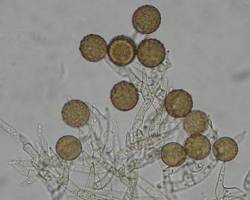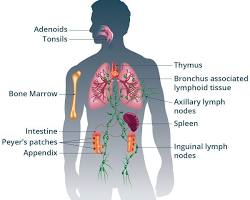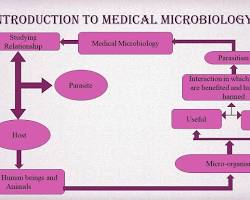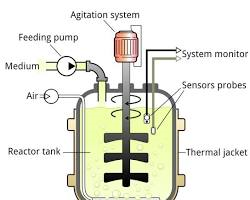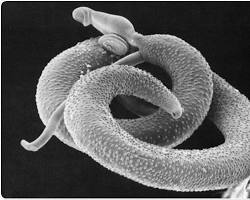Introduction to Microbiology and Parasitology
Microbiology
is the study of microorganisms, which are microscopic organisms that include
bacteria, viruses, fungi, algae, protozoa, and archaea. These organisms are too
small to be seen with the naked eye and require a microscope for visualization.
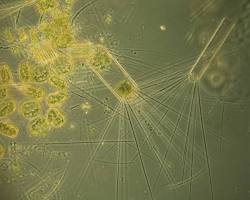
A. Branches of Microbiology
Microbiology encompasses various subfields, each focusing on specific types of microorganisms or their roles in different environments
1. Bacteriology: The study of bacteria, their structure, function, genetics, and classification.
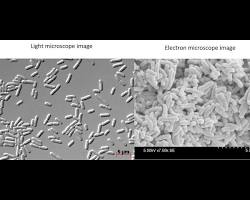
2. Virology: The study of viruses, their structure, replication, genetics, and the diseases they cause.
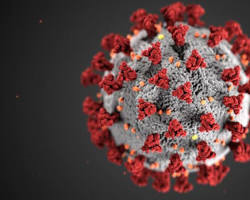
3. Mycology: The study of fungi, including yeasts, molds, and mushrooms.
4. Parasitology: The study of parasites, which are organisms that live on or
within another organism (the host) and obtain their nutrients from the host.
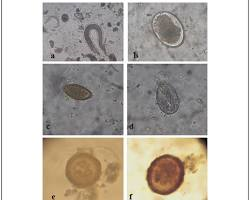
5. Immunology: The study of the immune system, which is the body's defense
mechanism against infection and disease.
6. Environmental
microbiology: The study of microorganisms in the
environment, including their roles in soil, water, and air.
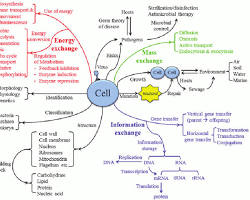
7. Medical
microbiology: The study of microorganisms that
cause human disease, including their diagnosis, treatment, and prevention.
8. Industrial
microbiology: The study of microorganisms used in
industrial processes, such as food production, fermentation, and antibiotic
production.
B. Importance of Microbiology
1. Disease Prevention and Treatment
- Understanding infectious diseases: Microbiology helps us understand how microorganisms
cause diseases, which is crucial for developing effective treatments and
prevention strategies.
- Antibiotic development: The discovery and development of antibiotics have
revolutionized medicine, saving countless lives.
- Vaccine development: Vaccines are based on our understanding of how microorganisms work, and they have significantly reduced the burden of infectious diseases worldwide.
2. Food and Agriculture
- Food production:
Microorganisms are essential for food production, such as in fermentation
processes for making cheese, yogurt, bread, and beer.
- Food safety:
Microbiology helps ensure food safety by identifying and controlling
foodborne pathogens.
- Agriculture: Microorganisms play a vital role in soil fertility and plant growth.
3. Environmental Management:
- Bioremediation:
Microorganisms can be used to clean up pollution, such as oil spills and
toxic waste.
- Waste treatment:
Microorganisms are involved in the decomposition of organic matter in
wastewater treatment plants.
- Nutrient cycling: Microorganisms play a crucial role in the cycling of nutrients in the environment, such as nitrogen and carbon.
4. Biotechnology:
- Genetic engineering:
Microorganisms are used as tools in genetic engineering to produce
valuable products, such as insulin and human growth hormone.
- Biofuel production:
Microorganisms can be used to convert biomass into biofuels, such as
ethanol.
- Industrial processes: Microorganisms are used in various industrial processes, such as the production of antibiotics and enzymes.
5. Basic Research:
- Understanding life processes: Studying microorganisms helps us understand
fundamental biological processes, such as DNA replication, protein
synthesis, and cell metabolism.
- Evolutionary biology: Microorganisms are used to study evolutionary processes, such as the origin of life and the evolution of antibiotic resistance.
DIFFERENCE BETWEEN GRAM-POSITIVE AND GRAM-NEGATIVE BACTERIA
Gram-positive and gram-negative bacteria are two major categories of bacteria that are differentiated based on their cell wall structure and their reaction to the Gram stain, a laboratory technique used to classify bacteria.
1. Gram-positive
bacteria have a thick layer of peptidoglycan
in their cell wall, which retains the crystal violet dye used in the Gram
stain. This results in the bacteria appearing purple under a microscope.
Examples of gram-positive bacteria include Staphylococcus aureus, Streptococcus pneumoniae, and
Bacillus subtilis.
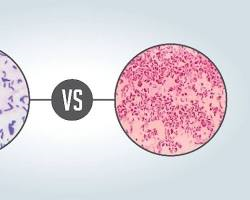
2.Gram-negative bacteria, on the other hand, have a thin layer of peptidoglycan surrounded by an outer membrane. This outer membrane prevents the crystal violet dye from being retained, so the bacteria are counterstained with safranin and appear pink or red under a microscope.
Examples of gram-negative bacteria include Escherichia coli, Salmonella enterica, and Pseudomonas
aeruginosa.
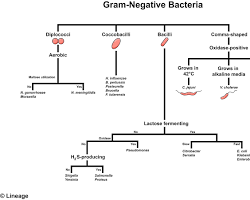
The difference in cell wall
structure between gram-positive and gram-negative bacteria has important
implications for their susceptibility to antibiotics and their ability to cause
disease.
For example,
many antibiotics target the peptidoglycan layer of the bacterial cell wall,
making them more effective against gram-positive bacteria.
Additionally,
the outer membrane of gram-negative bacteria can act as a barrier to
antibiotics and other antimicrobial agents, making them more resistant to
treatment.
Understanding the distinction between gram-positive and gram-negative bacteria is crucial for the diagnosis and treatment of bacterial infections. By identifying the type of bacteria causing an infection, healthcare providers can select the most appropriate antibiotic therapy.
PARASITOLOGY
Parasitology
is the scientific study of parasites, their hosts, and the relationship between
them. Parasites are organisms that live on or within another organism (the
host) and obtain their nutrients from the host. This often comes at the expense
of the host's health.
A. Types of Parasites:
1. Protozoa:
Single-celled organisms like amoebas and trypanosomes.
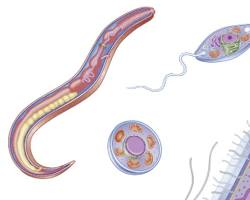
2. Helminths: Parasitic
worms, including flatworms (flukes and tapeworms) and roundworms (nematodes).
3. Ectoparasites:
Parasites that live on the external surface of the host, such as ticks, fleas,
and lice.
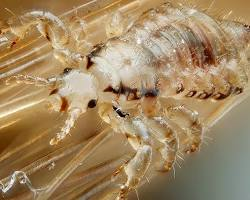
B.HOST- PARASITE INTERACTIONS
1.
Parasites have evolved complex
strategies to survive and reproduce within or on their hosts.
2.
Hosts have developed defense
mechanisms to combat parasites.
3. The study of these interactions is crucial for understanding the impact of parasites on both hosts and ecosystems.
C. Diseases
Caused by Parasites
Parasites can cause a wide range of diseases in humans, animals, and plants. Examples include malaria, sleeping sickness, schistosomiasis, and tapeworm infections.
D. Diagnosis and
Treatment
Parasitologists develop methods for diagnosing parasitic infections, such as microscopic examination of samples and laboratory tests. They also research and develop treatments for parasitic diseases, including medications and vaccines.
E. Epidemiology
and Control
Parasitologists study the distribution and spread of parasitic diseases in populations. They develop strategies for controlling and preventing the transmission of parasites, such as improving sanitation and hygiene practices.
